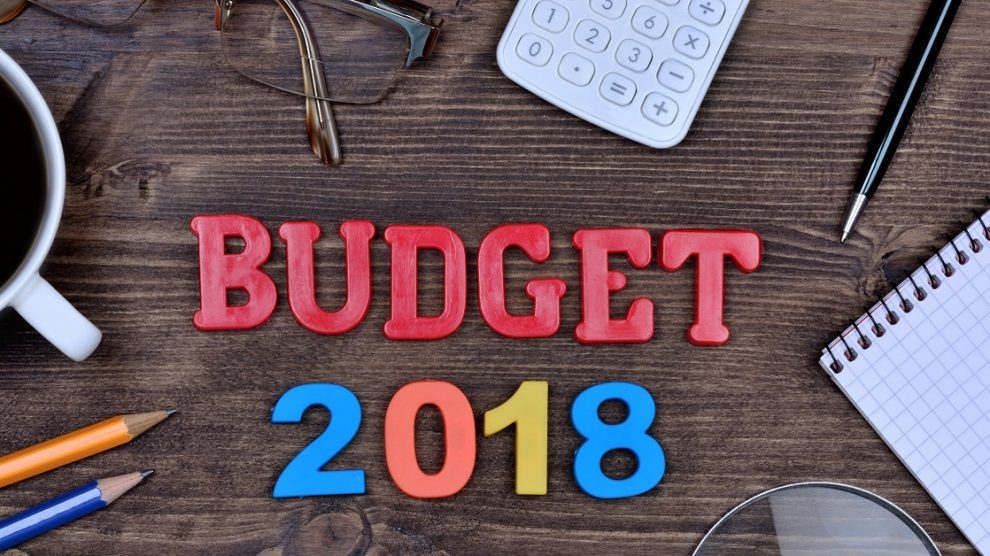 Long term capital gains in equity funds is back: Government has proposed to impose long term capital gains tax of 10% on the gains exceeding Rs.1 lakh.
Long term capital gains in equity funds is back: Government has proposed to impose long term capital gains tax of 10% on the gains exceeding Rs.1 lakh.
Tax googly: The government has proposed to grandfather all gains up to January 31, 2018. This means, irrespective of the price you bought the share or units of MFs, the government would consider the highest price quoted on January 31, 2018 as the date of acquisition of shares or units of MFs.
DDT on equity funds: Dividends on equity funds will now be taxed at 10%.
Employees of formal sectors will have more money to invest: Government has proposed to fund 12% of wages for new employees of Employees' Provident Fund in all sectors. In addition, take home salary of new women employees is likely to go up in the formal sector. Employers can deduct 8% PF to be cut in first three years.
In addition, salaried individuals can claim standard deduction of up to Rs.40,000 in lieu of transport and medical reimbursement. It has increased from Rs.34,200 (Rs.19,200 transport allowance and Rs.15,000 medical reimbursement).
New ETFs in the pipeline: After success of Bharat 22 ETF, government will launch debt ETFs.
Only one PSU general insurer: The government has proposed to merge four PSU non-life insurance companies – National Assurance, United India, Oriental India and General Insurance Corporation into a single entity. The emerging PSU giant will be listed soon.
Potential market size: Total number of tax payers has increased to 8.27 crore as on December 2017 from 6.47 crore in April 2014. In fact, 85.51 lakhs new taxpayers filed their returns of income in FY 2016-17 as against 66.26 lakhs in the preceding year.
Approach your senior citizen clients today: There will be no TDS on the interest income of up to Rs.50,000. Earlier, this limit was Rs. 10,000.
Senior citizens can now claim deduction of up to Rs.50,000 on health insurance premium. This has been raised from Rs.30,000.
For critical illness, senior citizens can claim deduction of up to Rs.1 lakh towards medical expenditure.
In addition, the government has proposed to extend the Pradhan Mantri Vaya Vandana Yojana to March 2020 and increase the limit of investment from Rs.7.5 lakh to Rs.15 lakh. This policy gives assured return of 8% to senior citizens.
Boost to debt funds: SEBI will have to consider mandating large corporates to meet about 1/4th of their financing needs from the bond markets. This is likely to improve liquidity in the bond markets.
In addition, the government has pushed regulators to allow fund houses and insurers to invest in ‘A’ grade ratings. Currently, fund houses can invest in debt instrument having credit ratings of up to ‘AA’.
Tell your clients not to invest in bitcoins: The government does not consider crypto-currencies (bitcoins) legal tender or coin and will take all measures to eliminate use of these crypto-assets in financing illegitimate activities or as part of the payment system.
Strengthening AIFs: The government believes that venture capital funds (VCFs) and the angel investors need an innovative and special developmental and regulatory regime for their growth. The government has taken a number of policy measures including launching ‘‘Start-Up India’’ program, building very robust alternative investment regime in the country and rolling out a taxation regime designed for the special nature of the VCFs and the angel investors. It will take additional measures to strengthen the environment for their growth and successful operation of alternative investment funds in India.
Rise of social security schemes: Pradhan Mantri Jeevan Jyoti Beema Yojana (PMJJBY) has covered 5.22 crore families while 13.25 crore people have been insured under Pradhan Mantri Suraksha Bima Yojana. Similarly, the government will provide services of micro insurance and pension schemes to 60 crore account holders under Prime Minister Jan Dhan Yojana.
New health insurance plan: National Health Protection Scheme to cover over 10 crore families (approximately 50 crore beneficiaries) providing coverage of up to Rs.5 lakh per family per year for hospitalization.




